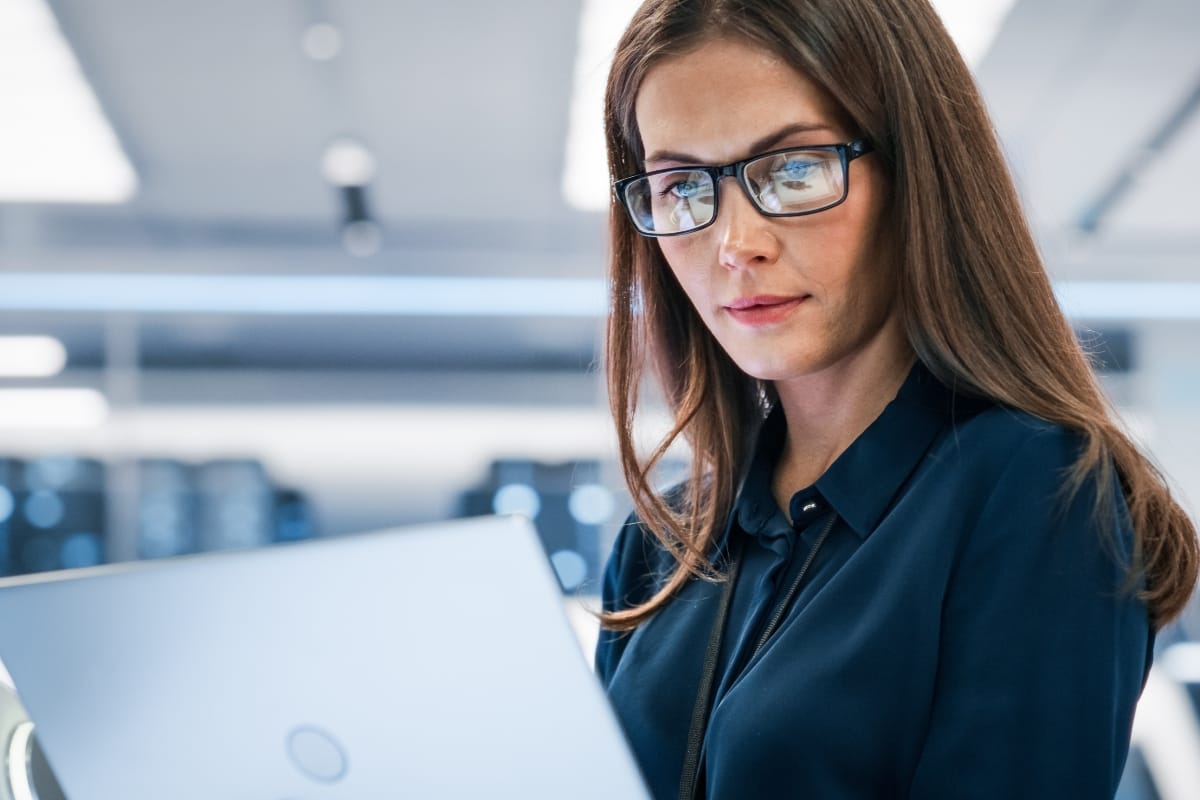Let’s say someone files a personal injury claim against your company. They submit a blurry photo as evidence, maybe a slip-and-fall scene, or damage to their vehicle allegedly caused on your premises. The photo doesn’t sit right with you. But how do you prove it’s been manipulated or staged?
That’s where the role of image forensics begins to show its weight, not just as a technical specialty, but as a protective barrier between truth and deception.

Why Images Aren’t Always What They Seem
In a time where smartphones double as evidence collectors and photo editing apps are just a tap away, images can no longer be taken at face value.
Cropped angles, metadata tampering, shadow inconsistencies—these are the subtle cues that a trained forensic eye can catch.
Fraudsters understand something many professionals overlook: images are persuasive. They’re visual proof. And when disputes arise, insurance claims, civil litigation, even criminal cases, images can quickly tilt the scales. But that influence only holds if the image is authentic.
Which, frankly, it often isn’t.
Forensic image analysis steps in here as more than just “detective work.” It’s a science-driven process that involves metadata examination, image authentication, enhancement, and sometimes even photogrammetry (a fancy word for measuring objects in photos).
Think of it as digital cross-examination, breaking down an image frame-by-frame to assess what’s real, what’s been altered, and what the image can truly tell us.
The Invisible Fingerprints of Manipulation
Let’s get into the gritty stuff: how experts spot fraudulent content.
One key tool is Error Level Analysis (ELA), which exposes areas of an image that have been compressed differently. Why does that matter?
Because when someone manipulates a photo, say, pastes in a new object or adjusts part of the background, the compression signature in that area will likely change.
The result? A visual mismatch that’s invisible to the untrained eye but glaring to forensic software.
There’s also sensor noise pattern analysis, which sounds complex but boils down to this: every digital camera sensor leaves behind a kind of fingerprint.
If a photo supposedly comes from a certain phone, forensic analysts can tell whether that’s true, or whether someone grabbed a photo off the internet and passed it off as their own.
Even something as subtle as lighting can reveal manipulation. If shadows fall at inconsistent angles or the light source appears unnatural, that might be a sign of image tampering.
The software can model light direction across an image to spot these mismatches.
And metadata? Oh, that’s a rabbit hole. Timestamp inconsistencies, GPS data anomalies, or edited metadata strings are all red flags.
Forensic image analysis plays a key role in helping law enforcement agencies gather solid evidence when investigating fraudulent claims, and may often require the testimony of forensic experts to validate the authenticity of this evidence in court.
Real-World Impact: From Courtrooms to Corporate Defense
Now, this might sound like a niche technical service, but the implications stretch far and wide. Insurance fraud alone costs billions each year, and photo-based claims are a growing part of that ecosystem.
Being able to challenge photo evidence, credibly, scientifically, can completely shift how a case unfolds. District attorneys can use forensic image integrity analysis to challenge falsified evidence in both criminal and civil cases.
Legal teams are catching on. Forensic image analysis has been used to challenge everything from supposed accident scene photos to altered text message screenshots (yes, even screenshots can be faked).
If a party introduces visual content as evidence, forensic scrutiny might be the only line of defense.
For businesses, the role of image forensics becomes a matter of risk management.
Whether it’s a disgruntled customer, a staged injury, or even internal misconduct, fraudulent claims are costly, not just financially, but in reputational damage and resource drain. Civil attorneys often have to rely on image forensics to protect their clients from misleading claims that could jeopardize their cases.
Image analysis gives companies the ability to respond not just with skepticism, but with scientifically validated truth.
And this isn’t about playing hardball for the sake of it. It’s about making sure that visual content holds up to scrutiny, because when a claim is legitimate, the analysis will support it.
But when something’s off, you want the tools to catch it before it costs you.
Don’t Overlook Video—Because Video Lies, Too
A quick side note here—yes, this is about images, but let’s not forget that video is just a series of images stitched together. And with the rise of AI-generated content and deepfake technology, videos are becoming more suspect than ever, which is why expert video forensics is also increasingly in demand.
Forensic analysts can break down videos frame by frame, checking for tampering, inconsistent frame rates, or audio sync issues that could suggest manipulation. Audio forensic analysis also plays an important role here in detecting altered or fabricated soundtracks that may accompany a manipulated video.
A single doctored frame can tell a very different story, and that difference can cost you in court if you’re not careful.
The principle stays the same: verify before you trust. Whether it’s a still photo or a 30-second clip, forensic image analysis matters.
When Stakes Are High, Truth Matters More Than Ever
Fraud isn’t always elaborate. Sometimes it’s as simple as cropping out context or adding a timestamp that never existed. And in a world where digital evidence can be created or altered in seconds, relying on gut instinct just isn’t enough anymore.
That’s where professionals come in, because while anyone can look at a photo, not everyone can see what’s hidden in it.
Why Choosing the Right Expert Could Change Everything
When you’re up against a claim that hinges on visual evidence, the truth is too important to guess at.
This is where Stutchman Forensic Lab LLC comes in, with decades of experience, courtroom credibility, and advanced tools designed to uncover manipulation, validate evidence, and protect what matters.
Whether you’re defending against a lawsuit, investigating internal fraud, or just need to know if an image can be trusted, understanding the role of image forensics is essential.
Contact us today, and we’ll work with you to ensure your evidence is clear, credible, and beyond reproach.
